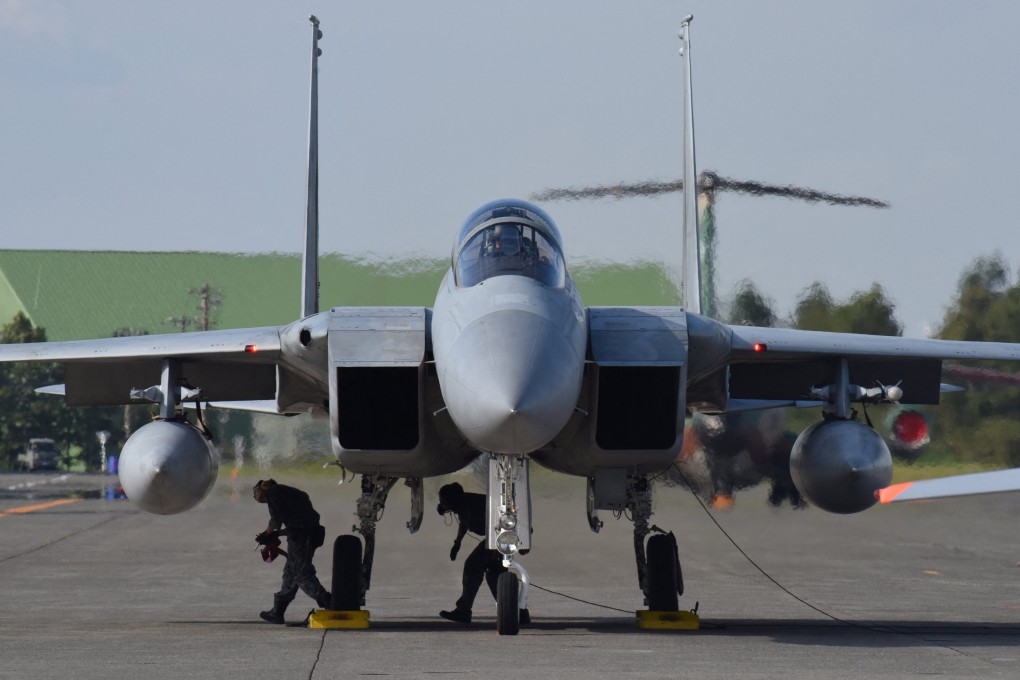Advertisement
Opinion | Japan’s latest military gamble reflects a changing security landscape
- Japan has approved the export of next-generation fighter jets to countries with which it has defence agreements and which are not involved in conflict
- With a potential Trump victory on the horizon and rising tensions with neighbouring countries, Tokyo seeks to take care of its own security needs
Reading Time:3 minutes
Why you can trust SCMP
2

The Japanese cabinet has recently approved a proposal that allows for the export of its next-generation fighter jets, developed with the United Kingdom and Italy, to third countries. This marks a break from the past as Japan’s pacifist constitution had forbidden the export of offensive weapons.
Japan has long been looking at ways to reduce the export controls on its arms exports.
In December last year, the cabinet loosened some restrictions by revising the three principles on the export of weapons that were originally adopted in 1967 and which prohibited the transfer of arms to communist bloc countries, countries under UN arms embargoes and countries involved in or likely to be involved in international conflicts.
At the same time, it has been working towards increasing its defence budget to 2 per cent of its gross domestic product by 2027, which will potentially make it the third biggest defence spender in the world after the United States and China.
In addition, back in 2015, when Shinzo Abe was Japanese prime minister, the constitution was amended to allow Tokyo to come to the aid of troops from foreign countries even if Japan was not directly under attack.
Its latest plan is another step up from these early efforts. As part of the next-generation fighter programme, Tokyo had given up on its home-grown design, which was due to be called the F-X and, in December 2022, agreed to merge its efforts with a British-Italian programme named the Tempest. The new joint project, known as the Global Combat Air Programme, is based in the UK and is expected to give a big boost to Japan’s defence sector.

Advertisement
